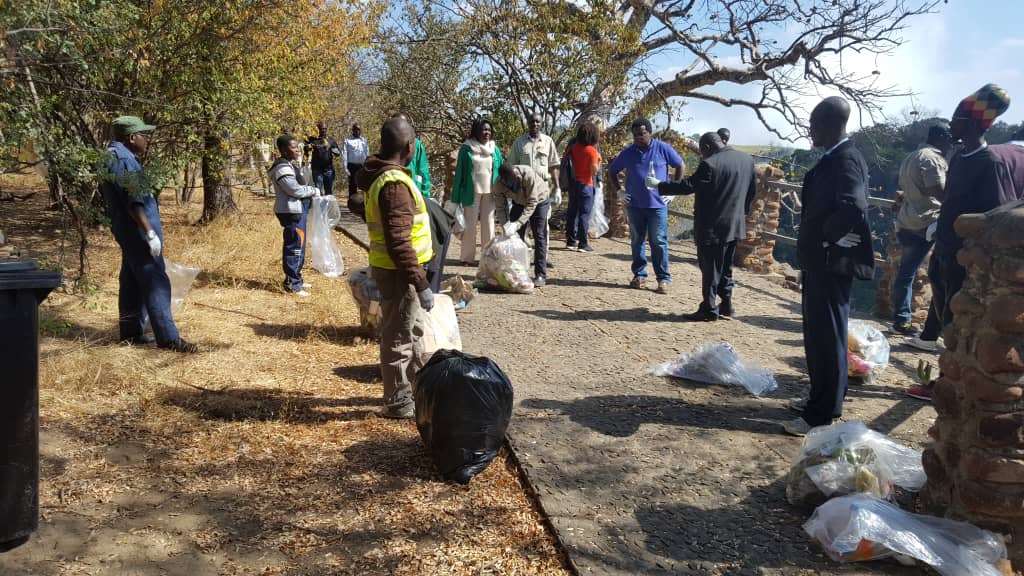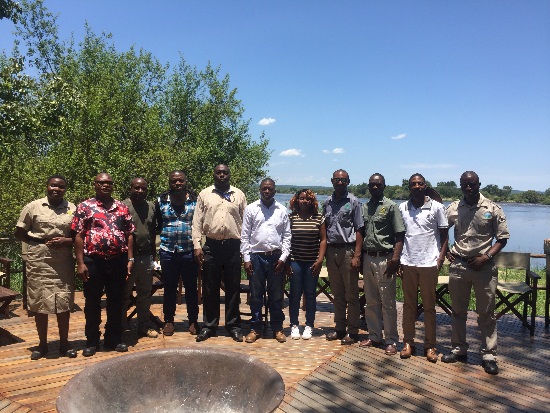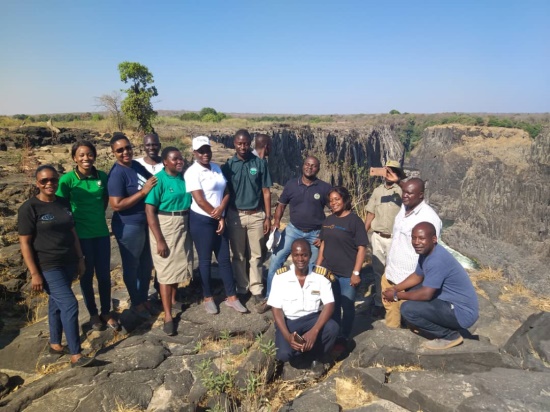



The key principle behind the governance and management structure of Mosi-Oa-Tunya/Victoria Falls World Heritage Site is critical stakeholder engagement, an approach that aims at including planning and decision-making processes with all key stakeholders and rights holders: from the governments and relevant institutional authorities of Zambia and Zimbabwe to local communities and actors.
Critical stakeholder engagement as a process works on building trust and cooperation between institutional and non-institutional stakeholders. Through this process, local actors and communities are empowered in the exercise of their stewardship towards the site, which further inspires them to engage in conservation and management activities for the long-term safeguarding of the site’s natural and cultural heritage values.
The building block is enabled by the official recognition of local actors and stakeholders as part of the Steering Committee through the Joint Integrated Management Plan and established agreements between the States Parties of Zambia and Zimbabwe.
With more people settling outside the boundaries of the site, the recognition of the importance of local actors and Traditional Knowledge Systems have allowed for the increased participation of local and indigenous communities as stewards and custodians of the site and its values.
Critical stakeholder engagement requires a wide understanding of the site and its multilayered significance in order to fully appreciate the relevance and importance attributed to the site by different right holders and stakeholders’ groups. An essential aspect of this process is the creation of an inclusive space for dialogue, in this case the Joint Steering Committee, in which stakeholders can discuss critical issues. These debates follow principles of avoiding situations of antagonism. The constant consultation and involvement has allowed for the early recognition and tackling of possible conflicts.
These processes have allowed for a major recognition of the important role played by local right holders, stakeholders and institutions in the management and conservation of the site and has created spaces for communities to be actively involved in conservation work. It has been fully understood that local communities are the experts in the conservation of the cultural values and attributes of the site, traditional knowledge that has since been incorporated as a key element of the strategies of the joint integrated management plan .